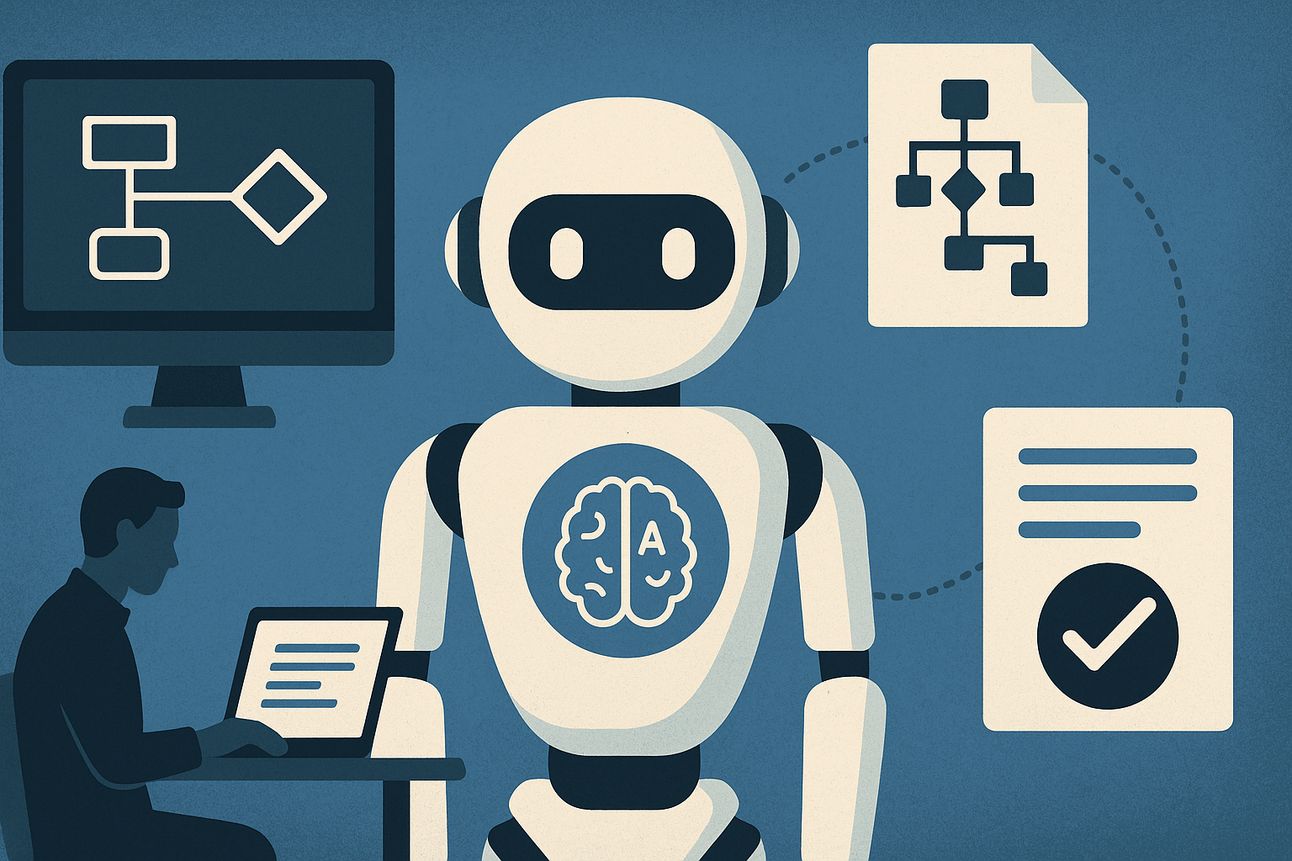- The Midas Report
- Posts
- AI agents: Dream vs. Reality check
AI agents: Dream vs. Reality check
4 min read

The buzz around AI agents is deafening. They are supposed to automate workflows, replace back office teams, and roam freely across systems like tireless digital coworkers. But according to VentureBeat’s Sean Falconer, most of that is still fantasy. In real world enterprise environments, AI agents are only as good as the boundaries you give them.
The future might be agentic, but right now, success depends on staying grounded, starting with narrow, well scoped tasks and building from there.
The Closed World Advantage
AI agents are most effective in closed world scenarios, problems with clearly defined inputs, predictable outcomes, and a bounded decision space. Think invoice processing, user onboarding, or fraud detection triggers. In these use cases, the data is structured, the rules are known, and the logic tree is relatively shallow.
For example, if a new invoice lands in an inbox, an agent can extract line items, validate totals, match against a PO, and flag any issues. This task chain is repetitive, rules driven, and measurable. Falconer calls these “event driven, microservice style agents,” and they represent the most mature, reliable use of agentic tech today.
Open World Agents Still Struggle
In contrast, open world systems, agents that can freely explore an enterprise’s entire digital environment, adapt to shifting goals, and handle ambiguous instructions, remain unreliable. The tools exist, but they are brittle. Connect an agent to your cloud infrastructure and it might complete a few impressive tasks, but without tight constraints, you are one hallucinated API call away from a serious incident.
Falconer’s warning: even 99 percent accuracy is not good enough in production. If one in every 100 invoices is misrouted, flagged incorrectly, or deleted, the downstream costs can outweigh the automation benefit. These failure points often stem from lack of input validation, poor error handling, or unclear task definitions, especially when teams aim for ambitious multi step workflows right out of the gate.
The Right Way to Build
To avoid these pitfalls, start small. Focus on event driven agent architectures, autonomous units that respond to a specific signal, complete a discrete job, and exit cleanly. Use clear input output contracts. Log every decision. Monitor edge cases and failure rates before scaling.
This microservice style agent design is not flashy, but it is practical. It aligns with how modern ops teams already think about modular services and event streaming. And it gives you measurable ROI, time saved, errors avoided, or hours reallocated.
This is not about dismissing the agent dream. It is about earning your way into it, one successful task at a time.
From Vision to Value
AI agents will eventually power end to end processes. But for now, treating them like omniscient coworkers is a recipe for wasted cycles and broken workflows. The smarter move is to treat them like interns, capable within guardrails, valuable when scoped tightly, and not ready to own the business.
The next evolution is not general intelligence. It is specific excellence.